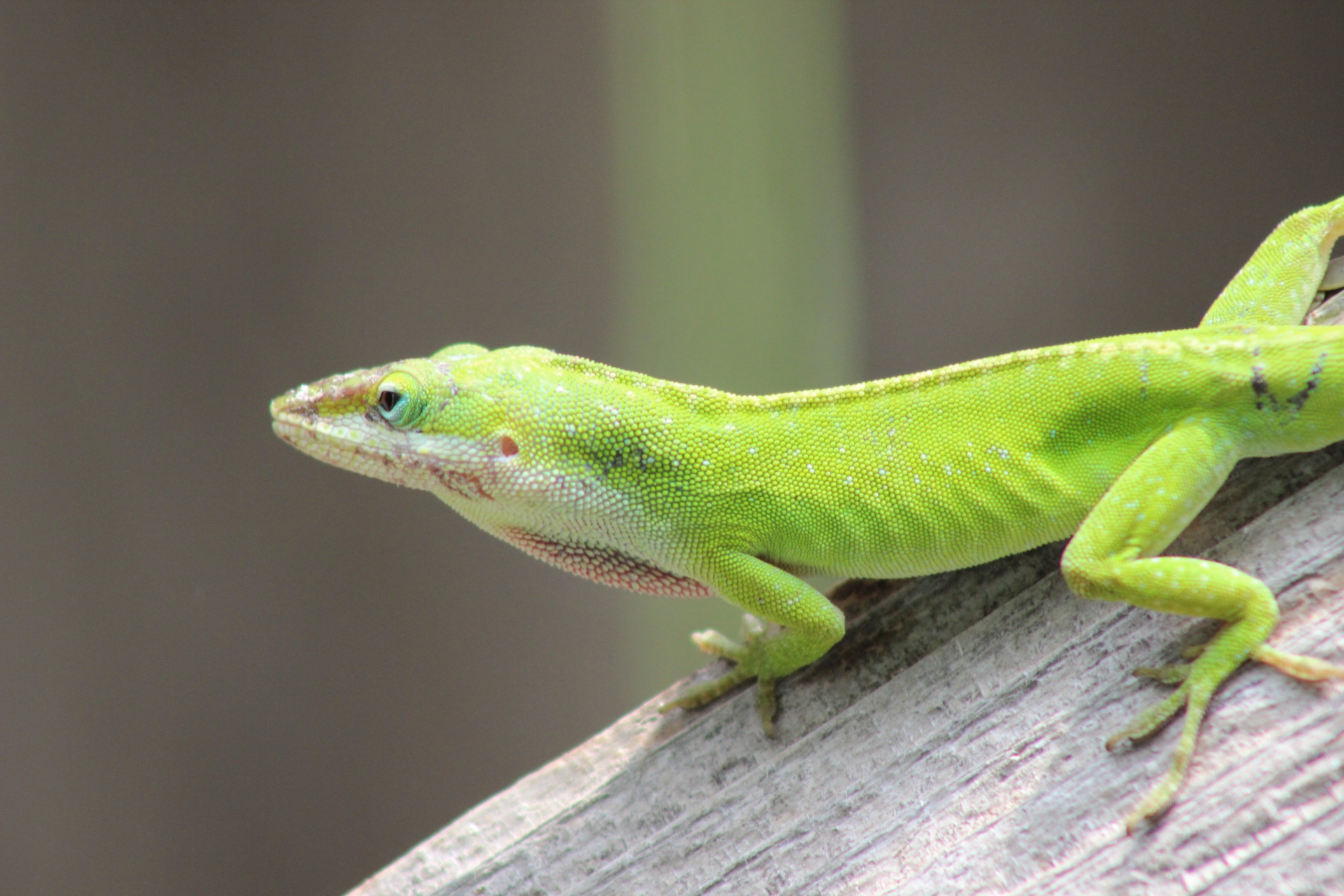
Anole Care Sheet: Essential Tips for Keeping Your Lizard Healthy
Are you considering getting an anole lizard as a pet? This comprehensive care sheet will guide you through the essentials of providing your anole with a happy and healthy life.
Basic Requirements
Before bringing home an anole, make sure you have the following necessities:
- Terrarium: Provide a spacious enclosure with branches and plants to simulate their natural environment.
- Lighting and Heating: Anoles require a temperature gradient of 75-85°F during the day and a drop to 65-75°F at night. Use a full spectrum UVB light or florescent bulbs for proper lighting.
- Substrate: Choose a substrate like coconut fiber or reptile carpet that allows easy cleaning and prevents accidental ingestion.
- Humidity: Maintain a humidity level of 60-70%, which can be achieved by misting the enclosure twice daily.
- Water Source: Anoles drink water droplets off leaves, so provide a shallow dish or use a reptile water dripper.
Feeding and Nutrition
A varied and balanced diet is crucial for your anole’s health. Follow these guidelines for proper nutrition:
- Live Insects: Feed appropriate-sized insects like crickets, mealworms, and fruit flies. Offer a variety to ensure a well-rounded diet.
- Gut-loading: Enhance the nutritional value of insects by feeding them nutritious foods like vegetables, fruits, and commercial cricket diets.
- Supplements: Dust insects with calcium and vitamin D3 supplements two to three times a week to prevent mineral deficiencies.
- Feeding Frequency: Offer insects once or twice daily, providing an amount they can eat within 10-15 minutes.
Environmental Enrichment
Anoles thrive in an enriched and stimulating environment:
- Branches and Plants: Provide plenty of branches and live plants for climbing, hiding, and perching. Make sure they are sturdy and non-toxic.
- Temperature Gradients: Create a basking spot using a heat lamp or heating pad, along with cooler zones to allow proper thermoregulation.
- Visual Stimulation: Place items like mirrors or a small lizard-safe terrarium to provide visual enrichment and prevent boredom.
Health and Handling
Ensure your anole’s well-being with these tips:
- Vet Check-ups: Schedule regular visits to a reptile veterinarian for check-ups and preventive care.
- Handling: While anoles tolerate handling, do it with care and avoid excessive stress. Support their body and avoid grabbing their tails, as they may drop them as a defense mechanism.
Conclusion
Following this anole care sheet will help you provide proper care and keep your lizard happy and healthy. Remember, each anole is unique, so observe their behavior and make adjustments accordingly. With love, attention, and the right care, your anole will thrive and become a delightful companion in your reptilian family!
Keep Reading

Blue Tongue Skink Care: A Comprehensive Guide for Lizard Enthusiasts
Are you a lizard enthusiast looking to add a unique and fascinating reptile to your collection? Look no further than the Blue Tongue Skink!

Fire Skink Care: A Comprehensive Guide for Lizard Lovers
In this article, we will provide you a comprehensive guide for fire skink care, covering everything from their enclosure setup to their diet and health requirements.